Having some fruit from your tree is such a great feeling. However, not many people have that much space or time to grow and take care of big plants.
If you relate to this problem, we have some great idea with which you can have your plant, which will not take much space but give you the happiness of enjoying the fruit from your tree.
Bonsai Apple Trees are truly remarkable trees that you can choose to grow.
Apple Bonsai trees are like miniature apple trees planted in small pots and kept on your dining table or office table.
It is also known as the Pitch Apple or Monkey Apple and is native to America’s tropical regions. The leaves of the bonsai trees are miniature, but they can bear both small and full-sized fruits.
These Bonsai Apple Trees are a fun way to grow miniature apples right on your table and are available in different fruit varieties.
Bonsai trees are not very productive as fruit producers, but they are excellent décor items as people prefer to have oldest bonsai tree, and you can use them at your home, hanging in your enclosed patio, porch, or workplace.
If you are interested in these cute Bonsai Apple trees, check out this article to get a complete guide to compact fruit tree care.
Planting a Bonsai Tree
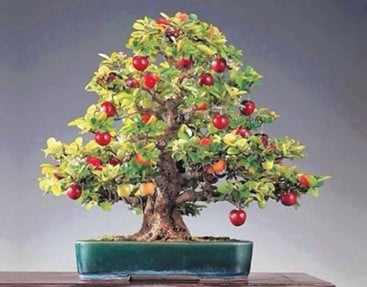
There are five different ways you can grow Bonsai Plants.
From Seeds
If you wish to start from scratch, this is the way you can do it. This way, you can get your hands on some good quality trees and grow many trees at a low cost. Collect seeds yourself or get them shipped from a supplier, sow them watch plants grow.
From Seedlings
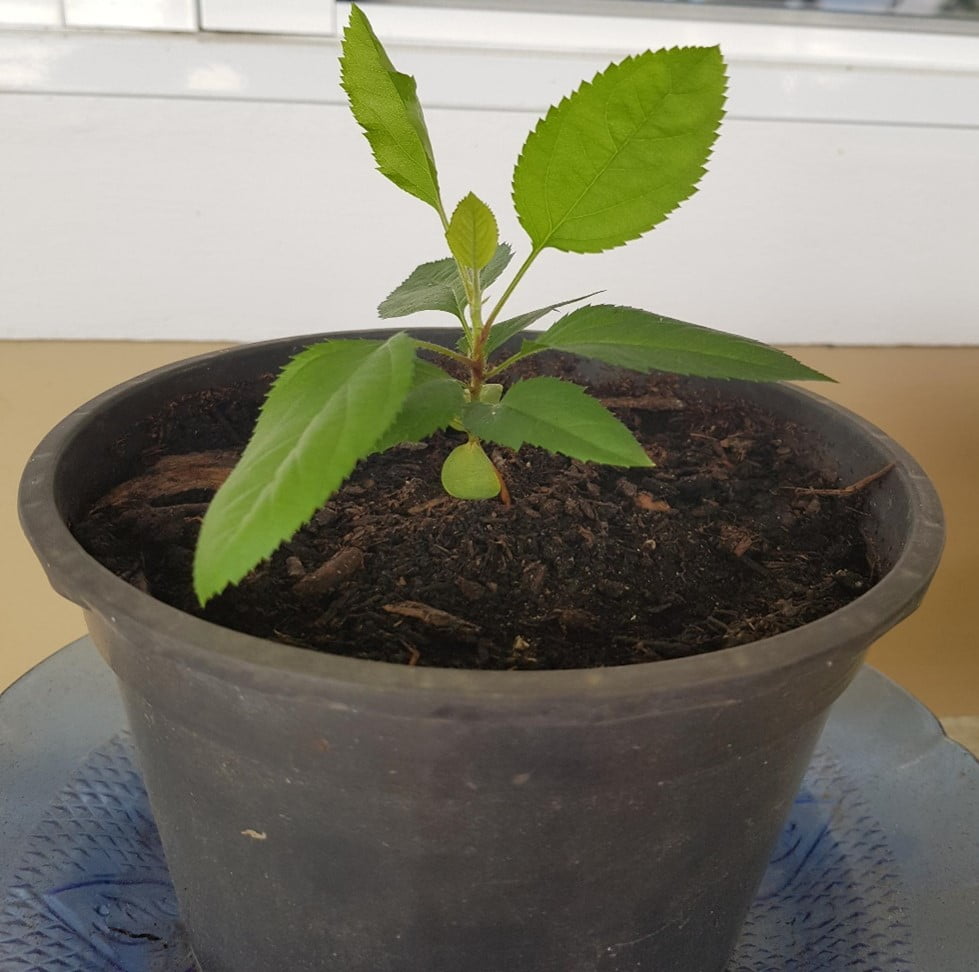
If you lack space to sow seeds, this is the perfect way to grow Bonsai from samplings bought from nurseries. It is a better option for plants like Ginkgo, Quince, Beech, etc., which take about years to germinate.
From Cuttings
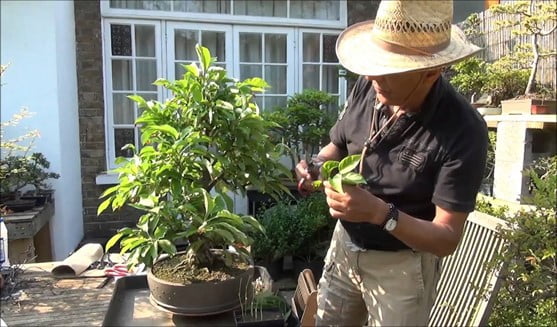
If you wish to save more time, cuttings are a quick way to go for it. As they are genetically identical to the parent trees, you can better idea the characteristics they will inherit and how exactly they would turn out.
By Layering
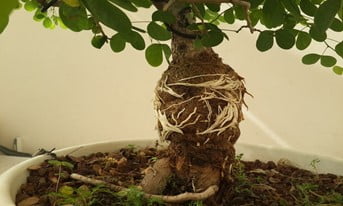
The flowers, shrubs, and trees whose shoot can be easily bent into the soil are propagated using this method. A healthy shoot of a one-year-old plant is given a slit at the tip and bent to touch the ground. It is the pegged, and the sit shoot is covered with the right amount of soil and watered regularly. If they are layered around spring, the new plant will be ready by autumn.
From Wild Plants
If you want to bring out the naturalness in your Bonsai tree, growing it from wild plants is the best way to do it. Look at the seedlings of wilt trees and shrubs to find specimens with attractive qualities that can be used in art.
Growth Requirements
Site or Position
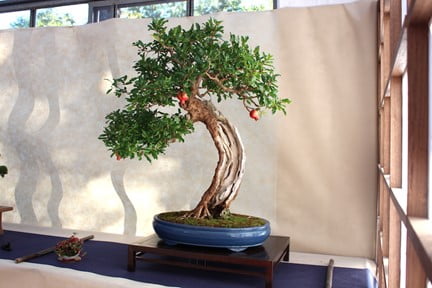
A bonsai apple tree should be grown in a sunny location indoors like, near the window, in the balcony, or any space receiving direct sunlight and shade during the hottest time of the day.
If you want to grow it in cold temperatures, make sure that the roots are mulched to protect it from extreme temperatures. For growing outdoors, it can be grown in full sun or semi-shade in USDA zones 11 and 12.
Soil and re-potting
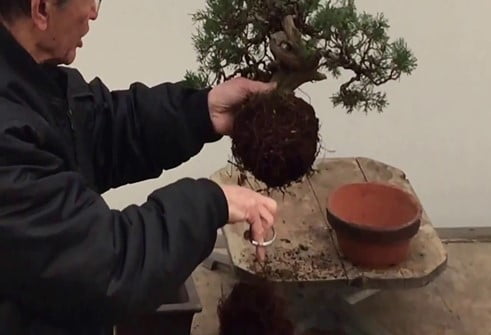
Soil is the most crucial element to be considered, no matter where you are planting the tree. Soil provides the plants with useful nutrients to grow, and since bonsai roots are shallow, it becomes more critical for them.
Soil also provides water and aeration to the plants, and therefore, it is essential to ensure that it does not dry up quickly and become hard as it will make it difficult for roots to take up the water.
Bonsai trees should be re-potted every 2 to 5 years. If you notice that your plant is not responding to feeding and watering, re-pot the tree immediately. To provide fresh nutrients to the soil, it is better to re-pot from early to mid-spring or in early fall. Always use a larger container to re-pot the trees. Bearing fruit trees should be given a more bottomless pot. Be gentle with the plant throughout the whole process.
Growth Medium
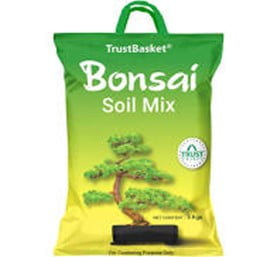
The most critical components for Bonsai soil mixtures are Akadama, Pumice, Lava rock, organic potting compost, and fine gravel, also known as grit. Ideal bonsai soil should be of neutral pH (6.5 – 7.5). You can also buy Bonsai Soil Mix from suppliers or any local nursery.
Watering
It is essential to keep the Bonsai trees hydrated. As they are in a small container with an intricate root system, it is essential to have OK- drained soils. Water it when the soil is dry, but make sure that you avoid waterlogging. Water it regularly, either from the top or bottom, if possible, twice a day. Make sure to use water from a clean and safe source.
Shaping your Bonsai Tree
Apples can grow a thick tuft of leaves if they are not appropriately maintained. They are intended as an art, and therefore, they must be continually shaped with wiring, pruning, and other ways listed below.
You can train your Bonsai tree into whichever shape you desire. Even the roots must be trimmed periodically to fit inside the container.
The best time to shape your tree is the springtime when the leaves emerge. Below are listed a few ways you can try to give shape to your Bonsai tree.
Pruning
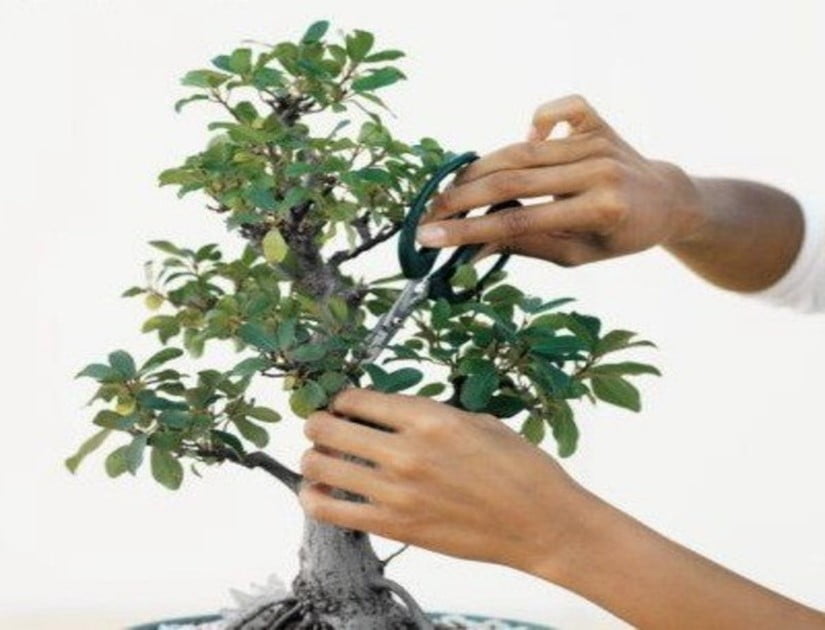
Pruning occurs after the dormant period, in the autumn is over, or in the springtime before leaves emerge. It is done by removing the leaves to allow the light and air to reach all the parts of the tree. Use clean or sterile pruning shears or scissors to prevent the transfer of any contamination, diseases, or molds.
Wiring
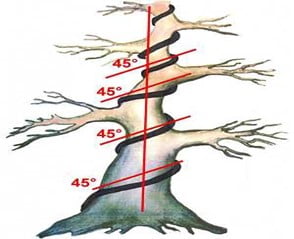
For wiring, a Bonsai tree, two kinds of wires can be used: Anodized Aluminum and Annealed Copper wires.
Anodized aluminum is an ideal choice for deciduous trees having more robust and more challenging trunks. It is excellent for young trees, while Annealed Copper wires are for conifers and pine trees having more wooden trunks.
As soon as the tree starts developing solid trunk and branches, the wiring should be started. Carefully attach the wires around the branch without injuring the mature barks of the tree. Make sure that it is moderately hydrated while you are wiring it.
They once done cut the remaining wire using pliers. Place it on apple trees during the growing season as the branches become thicker. Remove the wires by cutting them into pieces to prevent injury to your tree.
Defoliation
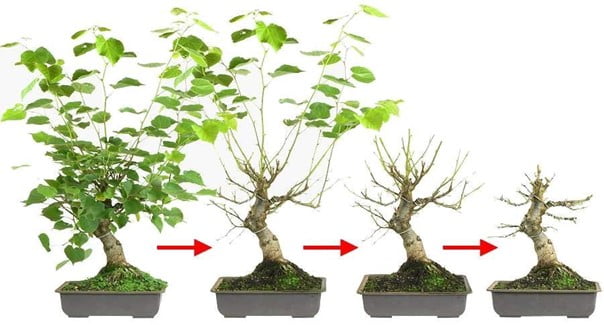
It is a technique of removing the unwanted mature leaves to encourage new ones’ growth and help keep them small. It should not be practiced on any species of evergreen. Use it only on deciduous Bonsai, which can withstand such a technique.
This is done in the growing season and occurs as you remove any small shoots that occur through the night of growth. It stimulates the production of delicate new branchlets, allowing twice the growth in a single growing season.
Feeding the Bonsai
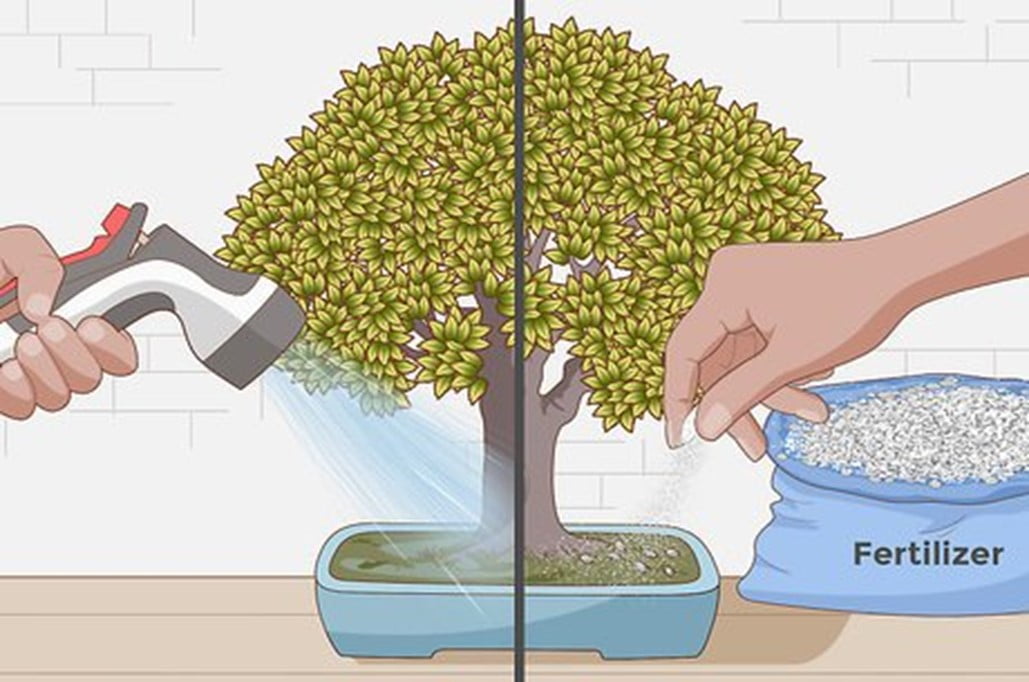
It is imperative to feed this miniaturized tree for its proper growth and nutrition. Since the bonsai trees are small, their small canopy cannot make sufficient food, and they should be fed regularly. Use proper fertilizers ideal for apple trees.
Add the fertilizers at least twice a month. Apply it throughout the growing season but avoid applying it when the trees are bearing fruits. Follow the manufacturer’s instructions while applying the fertilizers. You can purchase special Bonsai fertilizers available in nurseries.
Bonus Tips
- Provide a fine mesh across the bottom to help retain the soil that holds nutrients and water and make them available for root uptake.
- To protect the tree from aphids and other pests, use either a systemic insecticide or spray them over the tree.
- Use Akadema clays to bind nutrients while allowing water to drain.
- Give your tree time to take root and grow for a few months before you begin with pruning.
- Feed your tree with high-potash feed every two weeks to provide nourishment to your plant.
Conclusion
Bonsai Apple Trees are fun to have, and they bring joy and happiness as they start flowering and bearing fruits.
Although it may seem that it takes a lot of effort to maintain these trees, a little consideration and management of pruning, watering, and fertilizing schedule is enough to get a blooming bonsai tree for yourself.
It is a miniature form of a regular apple tree and is a perfect choice for those who love greenery and want to add a cute little decorative piece to their home.

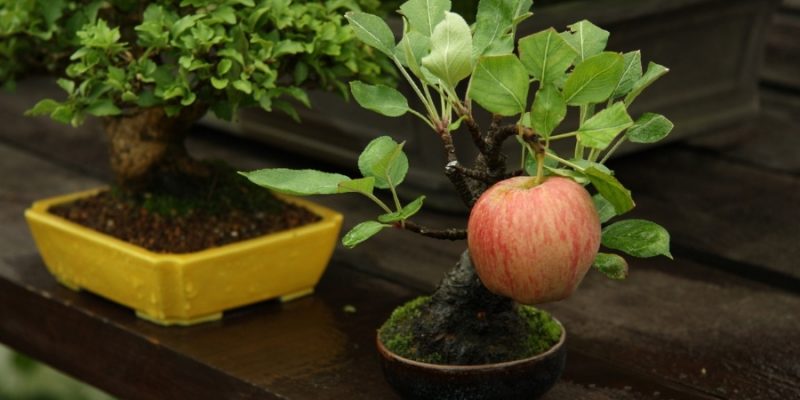
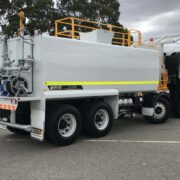
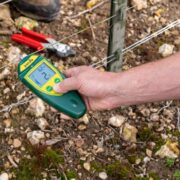

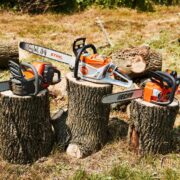

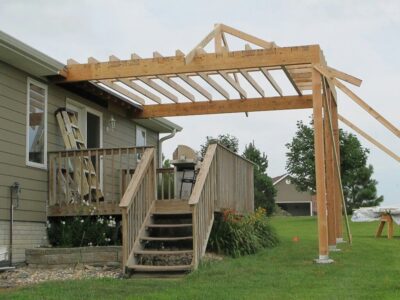
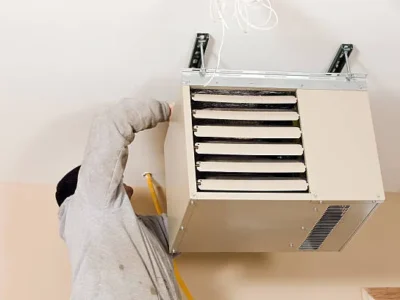
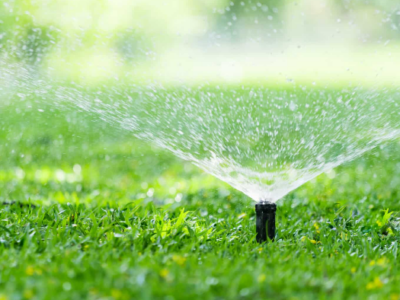
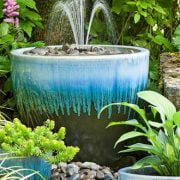

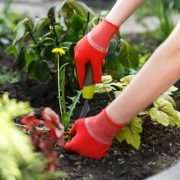
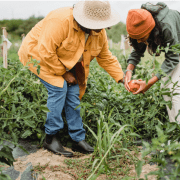
[…] need to put some thought into how much you should fertilize the fruit tree. It depends on how well your trees are growing. Putting compost down near the base of young trees […]
[…] Getting it professionally done gives a deeper clean to your bathroom, kitchen, or whatever area you have that uses tiles. You can do other important things instead like working, spending time with friends or family, relaxing, or just pruning your bonsai. […]
[…] Bonsai Apple tree is nothing but an outstanding bonsai tree just because of its uncountable green leaves, dense form, […]